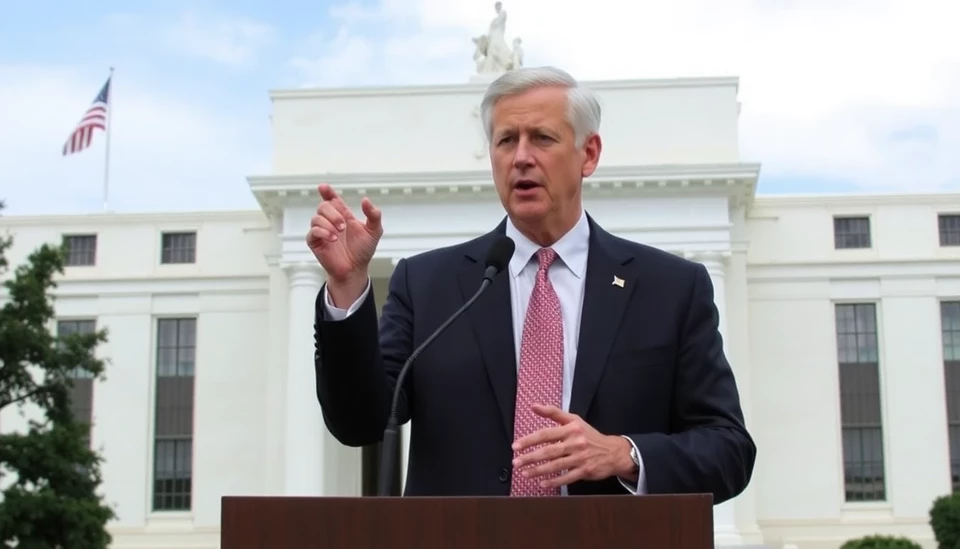
In a recent statement, Federal Reserve Bank of Chicago President Austan Goolsbee shared his cautious viewpoint regarding the trajectory of U.S. interest rates following the central bank's recent pause on rate hikes. During a speech delivered on November 13, Goolsbee emphasized the complex economic indicators that policymakers must weigh in determining the next steps in interest rate adjustments.
The Federal Reserve has currently maintained interest rates in a range of 5.25% to 5.50%. Goolsbee indicated that an array of economic data is at play in assessing how significantly rates ought to decrease in the future. He highlighted the balancing act that the Fed has to manage—stimulating economic growth while safeguarding against inflationary pressures. This dual focus presents a challenge, especially as various sectors of the economy exhibit differing levels of health and recovery.
Central to Goolsbee's remarks was the acknowledgement that current inflationary trends are not uniform across the board. While some sectors, particularly in services and housing, demonstrate signs of easing inflation, others continue to face persistent price pressures. The Fed's approach, according to Goolsbee, will involve careful monitoring of these trends as well as the broader economic climate.
Moreover, the Fed’s policymakers have signaled a willingness to adapt their stance based on new economic data and insights. Goolsbee noted that the central bank remains committed to assessing various signals, including consumer spending patterns and labor market dynamics, before committing to a course of action regarding future rate cuts. This strategy reflects an overarching goal of achieving price stability while fostering sustainable economic growth.
The Fed's deliberations come at a time when global economic uncertainties persist. Events on the international stage—such as geopolitical tensions or financial crises in other nations—may also influence domestic economic conditions. Therefore, Goolsbee reiterated the importance of maintaining a flexible policy approach to navigate potential external shocks that could impact the U.S. economy.
In summary, Goolsbee's perspective exemplifies the Fed’s commitment to a pragmatic approach in its monetary policy, acknowledging the need for caution amidst fluctuating economic indicators and global uncertainties. Investors and market analysts will be closely watching the Fed's next moves as they seek clarity on the future of interest rates.
#FederalReserve #InterestRates #EconUpdate #Goolsbee #MonetaryPolicy #InflationControl #EconomicGrowth
Author: Laura Mitchell




